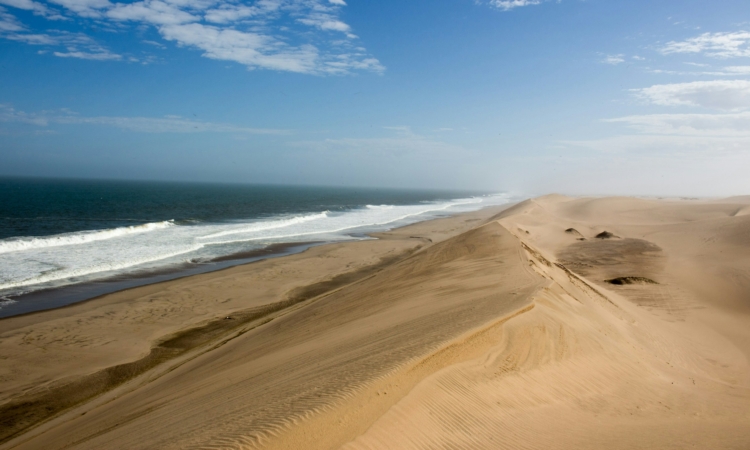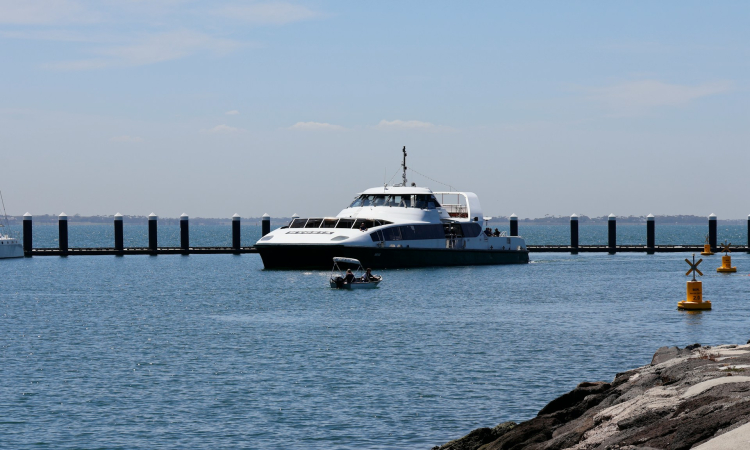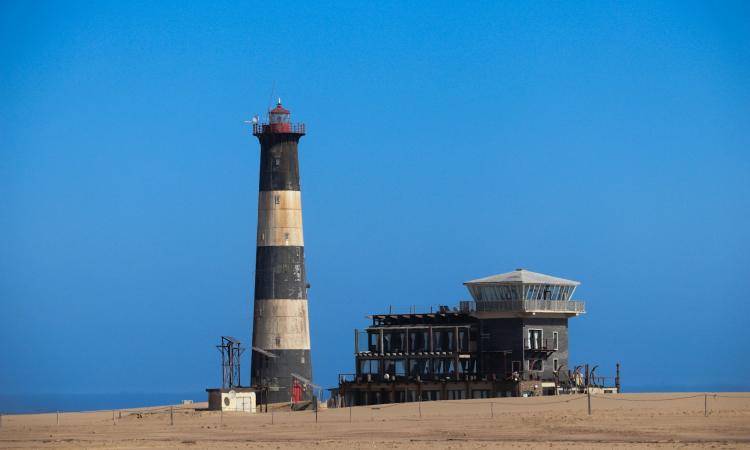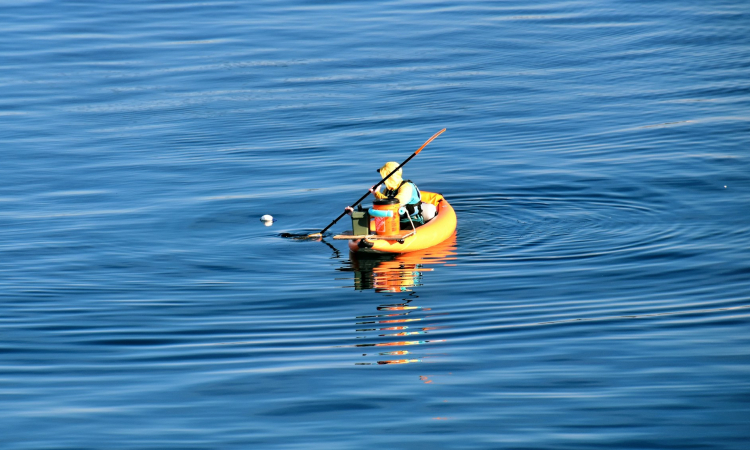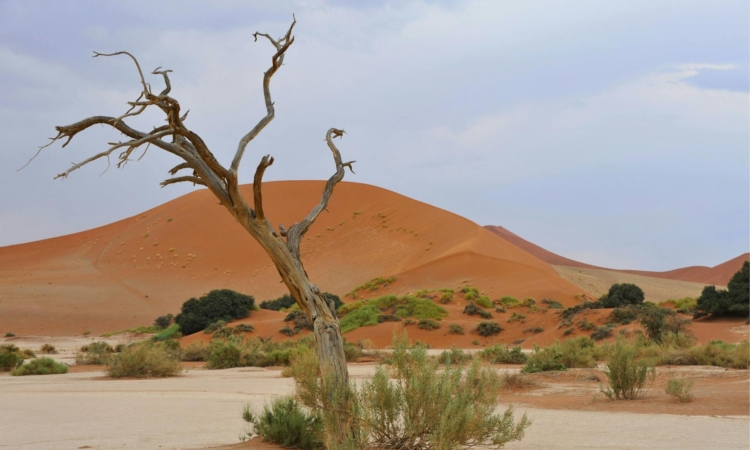The first thing people often notice when approaching the lighthouse by boat on one of the popular cruises offered in the harbor town’s lagoon is that it is not located at the edge of Pelican Point, as one might expect.
This is because the peninsula, which protects the bay from the Atlantic Ocean and is made up of a thin strip of sand stretching about nine kilometers north into the sea, has grown a lot since the lighthouse was built.
Over the years, wind, sea currents, and occasional floods from the Kuiseb River have caused large amounts of sand to collect at Pelican Point. As a result, the sandbank now stretches about two kilometers past where the lighthouse currently stands.

The second unusual feature is the tower’s color. When it was first painted grey, sailors said it was hard to see during the day, especially in the foggy and hazy conditions common in the area. To solve this problem, seafarers were asked to suggest a new color scheme to make the tower more visible and easier to spot.
After testing several options, a black-and-white color pattern was chosen because it stood out the most.
In June 1915, a small automated acetylene gas lamp was placed on a wooden pole buried in the sand to serve as the first beacon at Pelican Point. Seventeen years later, that lamp was replaced by a prefabricated cast-iron tower.
This tower had originally been ordered in 1913 to replace a lighthouse in Durban but was never used there. The new 30.7-meter-tall tower worked well for many years as a guide for ships.
However, as the harbor town of Walvis Bay grew and more ships arrived, the lighthouse’s light was no longer strong enough.
In 1955, a 500 mm acetylene gas lantern and a 250-watt lamp were added, increasing the light power to about 15,000 candlepower. Later, the tower was upgraded with an automatic rotating light that produced a group flashing light with a strength of 1,300,000 candlepower.
A few years earlier, a radio beacon had already been installed. In 1971, the lighthouse also got a modern electric fog signal. Over time, the engine room and housing for the lighthouse keepers were rebuilt several times to keep sand dunes from piling up against the building.
Although new navigation tools have reduced the need for the beacon, its presence as a guard over the Walvis Bay lagoon remains important.
Access to Pelican Point and the lighthouse is limited, as most of the lagoon and shoreline are protected as part of the Walvis Bay Wetlands under the Ramsar Convention, which safeguards bird habitats.
Still, the lighthouse keeps its mysterious charm, rising through the mist like a ghost, almost like a mirage in the desert.
After surviving more than 70 years of tough weather, the lighthouse is expected to stand strong for many more years. It remains not only a navigation aid for sailors but also a landmark for local people and a point of interest for visitors coming to Namibia’s central coast.



